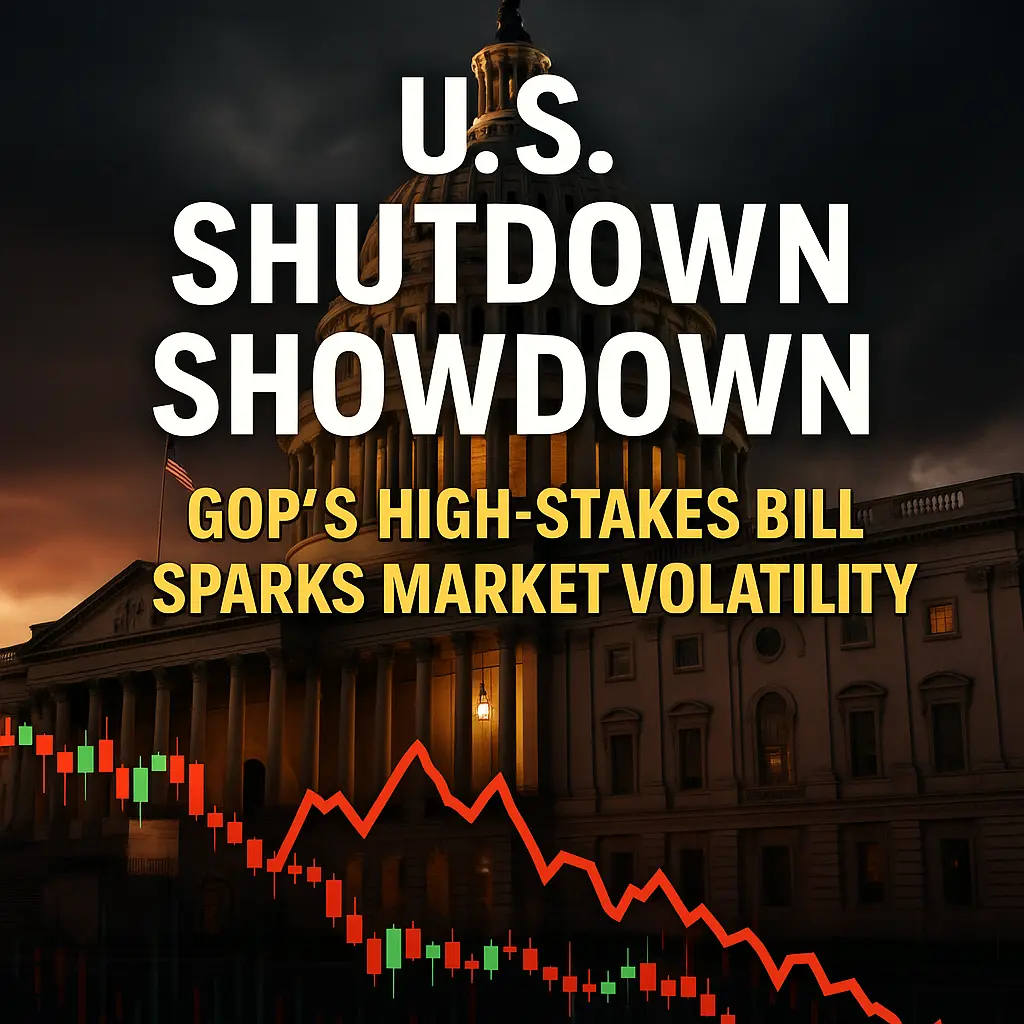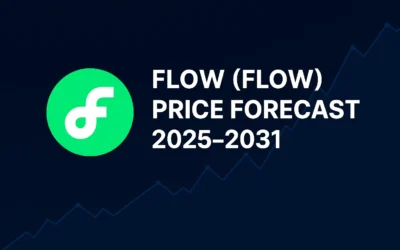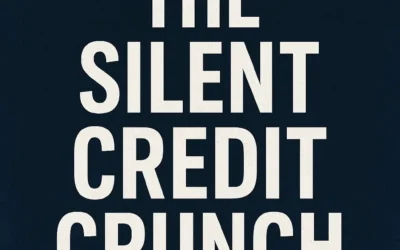Introduction
Political brinkmanship is back in Washington. House Republicans have introduced a stopgap spending bill to keep the U.S. government running past the October 1 shutdown deadline, challenging Democrats to approve a measure that sidesteps key health-care demands. With only a slim GOP majority and a fractious Congress, the showdown could rattle markets, disrupt bond yields, and create lucrative trading opportunities for nimble investors.
One of the Best Brokers in Europe
European investors seeking to capitalize on U.S. political volatility can trade U.S. equities, Treasuries, and volatility products through Interactive Brokers, DEGIRO, or Trade Republic, all of which provide deep U.S. market liquidity and lightning-fast execution.
Financial Performance
The proposed bill funds government operations through November 21 and earmarks:
- $30 million for congressional security reimbursements
- $30 million for executive branch protection
- $28 million for judicial security
- Authority for Washington D.C. to use $1 billion in local tax revenue to cover budget gaps
These allocations highlight short-term fiscal injections but leave long-term deficit concerns unresolved.
Key Highlights
- Shutdown Deadline: October 1, with funding extended only to November 21 if passed.
- Political Standoff: Democrats demand health-care cost reductions; several Republicans oppose any stopgap without spending cuts.
- Market Implication: A failure to pass the bill could trigger a U.S. government shutdown, risking a spike in Treasury yields and equity volatility.
Profitability and Valuation
While this is a political event rather than a corporate earnings story, sectors tied to government contracts—defense, cybersecurity, and infrastructure—face valuation swings as investors price in delayed payments or accelerated appropriations.
Debt and Leverage
U.S. federal debt now exceeds $34 trillion, meaning even short-term funding battles can influence borrowing costs. A temporary bill may calm credit markets but does little to reduce long-term leverage concerns.
Growth Prospects
Historically, shutdowns shave 0.1–0.3% off quarterly GDP but often lead to a quick rebound once funding resumes. For investors, that creates tactical entry points in:
- Defense contractors expecting delayed but eventual payments.
- Short-duration Treasuries benefiting from safe-haven flows.
Technical Analysis
- Short-Term (1–3 weeks): The S&P 500 shows support near 4,950 and resistance at 5,150. A failed vote could push the index toward 4,850.
- Medium-Term (3–6 months): Assuming a deal by mid-November, a relief rally could target 5,300–5,400.
- Long-Term (12+ months): With Fed policy turning more dovish, equities could challenge 5,700+ in 2026 despite recurring political noise.
Potential Catalysts
- Senate negotiations requiring at least seven Democratic votes to overcome a 60-vote hurdle.
- Public statements from President Donald Trump urging Republican unity.
- Any last-minute health-care concessions that secure bipartisan support.
Leadership and Strategic Direction
House Speaker Mike Johnson must balance hard-line fiscal conservatives with moderates willing to compromise. Early defections from Republicans Thomas Massie, Victoria Spartz, Warren Davidson, and Marjorie Taylor Greene underscore the delicate arithmetic required to avoid a shutdown.
Impact of Macroeconomic Factors
- Interest Rates: A dovish Federal Reserve supports equity multiples, but a prolonged shutdown could spook bond markets.
- Currency: The U.S. dollar historically strengthens during political uncertainty as global investors seek safe havens.
- Global Growth: International markets watch for ripple effects in trade and defense contracts.
Total Addressable Market (TAM)
The “market” here is the entire U.S. economy: a $27 trillion GDP engine where government spending represents ~18% of total output. Any disruption, even temporary, directly affects contractors, consumer confidence, and short-term liquidity.
Market Sentiment and Engagement
Options data show elevated VIX call activity as traders hedge downside risks. At the same time, contrarian bulls view every shutdown scare as a buying opportunity, citing historical rebounds once funding deals are reached.
Conclusions, Target Price Objectives, and Stop Losses
| Time Frame | Target Price* | Stop Loss |
|---|---|---|
| Short-Term (1–3 weeks) | S&P 500: 4,950–5,150 range; VIX spike to 20–22 | S&P 4,850 |
| Medium-Term (3–6 months) | Relief rally toward 5,300–5,400 | 4,750 |
| Long-Term (12+ months) | Fed easing supports 5,700+ | 4,600 |
*Targets refer to S&P 500 index levels for broad-market positioning.
Discover More
For more insights into analyzing value and growth stocks poised for sustainable growth, consider this expert guide. It provides valuable strategies for identifying high-potential value and growth stocks.
We also have other highly attractive stocks in our portfolios. To explore these opportunities, visit our investment portfolios.
This analysis serves as information only and should not be interpreted as investment advice. Conduct your own research or consult with a financial advisor before making investment decisions.
Looking to Educate Yourself for More Investment Strategies?
Check out our free articles where we share our top investment strategies. They are worth their weight in gold!
📖 Read them on our blog: Investment Blog
For deeper insights into ETF investing, trading, and market strategies, explore these expert guides:
📘 ETF Investing: ETFs and Financial Serenity
📘 Technical Trading: The Art of Technical & Algorithmic Trading
📘 Stock Market Investing: Unearthing Gems in the Stock Market
📘 Biotech Stocks (High Risk, High Reward): Biotech Boom
📘 Crypto Investing & Trading: Cryptocurrency & Blockchain Revolution
Did you find this article insightful? Subscribe to the Bullish Stock Alerts newsletter so you never miss an update and gain access to exclusive stock market insights: https://bullishstockalerts.com/#newsletter.
Avez-vous trouvé cet article utile? Abonnez-vous à la newsletter de Bullish Stock Alerts pour recevoir toutes nos analyses exclusives sur les marchés boursiers : https://bullishstockalerts.com/#newsletter.









0 Comments